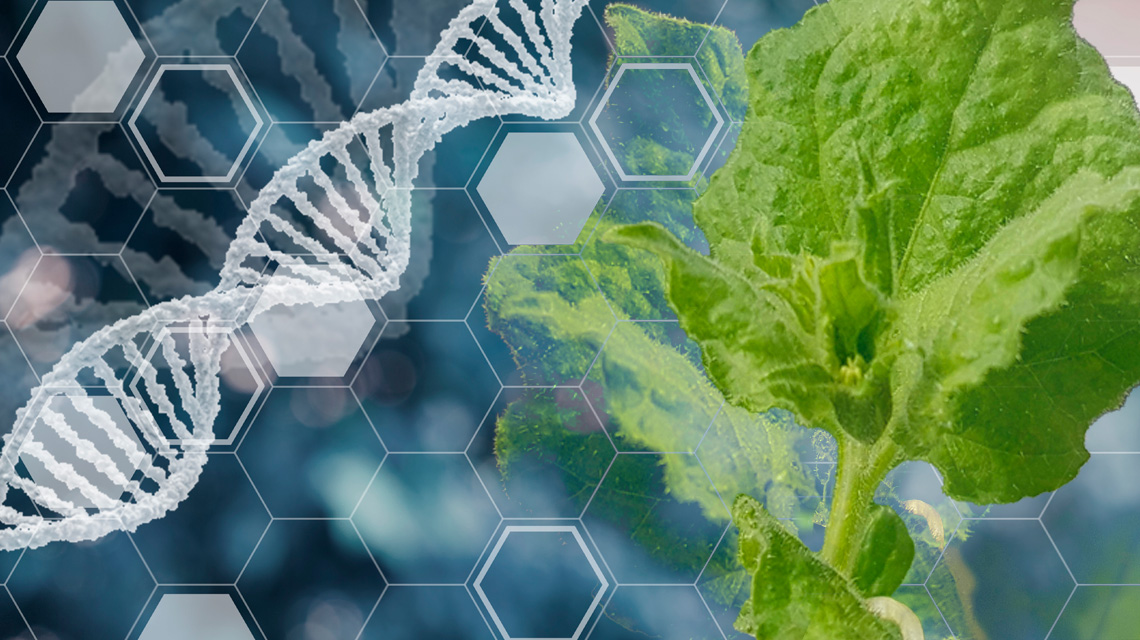Italian National Agency for New Technologies, Energy and Sustainable Economic Development

Research: A study unlocks the genetic secret of Australian tobacco
The genome of Australian tobacco (Nicotiana benthamiana) has been published in the authoritative journal "Nature Plants". The study, which began in 2018, was conducted by an international consortium coordinated by the Queensland University of Technology which includes ENEA, supported by European funding as part of the Horizon 2020 programme.
This seedling, much smaller in size than normal tobacco, has been used for centuries by Australian aborigines as a medicinal and ritual plant, known as pitjuri. Due to its ease of cultivation and genetic manipulation, it has been adopted by hundreds of laboratories around the world as a model system for study and subsequently by the biotechnology industry as a "biofactory" for the production of medicines. The Google database contains over 75,000 scientific papers and 15,000 patents mentioning this species. One of the first anti-Ebola serums and the first plant-derived COVID vaccine was produced in N. benthamiana.
The study showed the sequence of the complete genome of the laboratory strain of N. benthamiana, derived from a single plant collected in the early years of the last century in the desert of central Australia, and of a second strain, adapted instead to the subtropical conditions of Queensland, in northern Australia. Comparison of the two strains revealed some differences in genetic composition and more marked differences in chemical composition (for example, in the content of nicotine and nornicotine, its more toxic derivative). Such information will be useful not only for the reconstruction of the biodiversity of this species, but also for its use in basic research and for biotechnological applications.
The ENEA team includes researchers from the Biotechnology and Agro-industry Division of the Sustainability Department of Production and Territorial Systems, which also studies applications of Australian tobacco for the production of human and veterinary vaccines.
This important result is the sixth achieved by ENEA in the field of plant genomics, after the sequencing of the genomes of potatoes, tomatoes, aubergines (belonging, like Australian tobacco, to the Solanaceae family) and those of Robusta coffee and Gardenia (belonging to the Rubiaceae, a large family of tropical shrubs, source of many molecules with a bioactive or therapeutic action). These works, two of which published as cover stories in "Nature" and "Science", are proof of ENEA's commitment in this important sector, both for biomedical applications and the conservation of plant biodiversity and the genetic improvement that are the basis of our nutrition and bioeconomy.
For assitional information:
Giovanni Giuliano, ENEA - Biotecnologies and Agro-Industry Division -
Nature "A multi-omic Nicotiana benthamiana resource for fundamental research and biotechnology"
